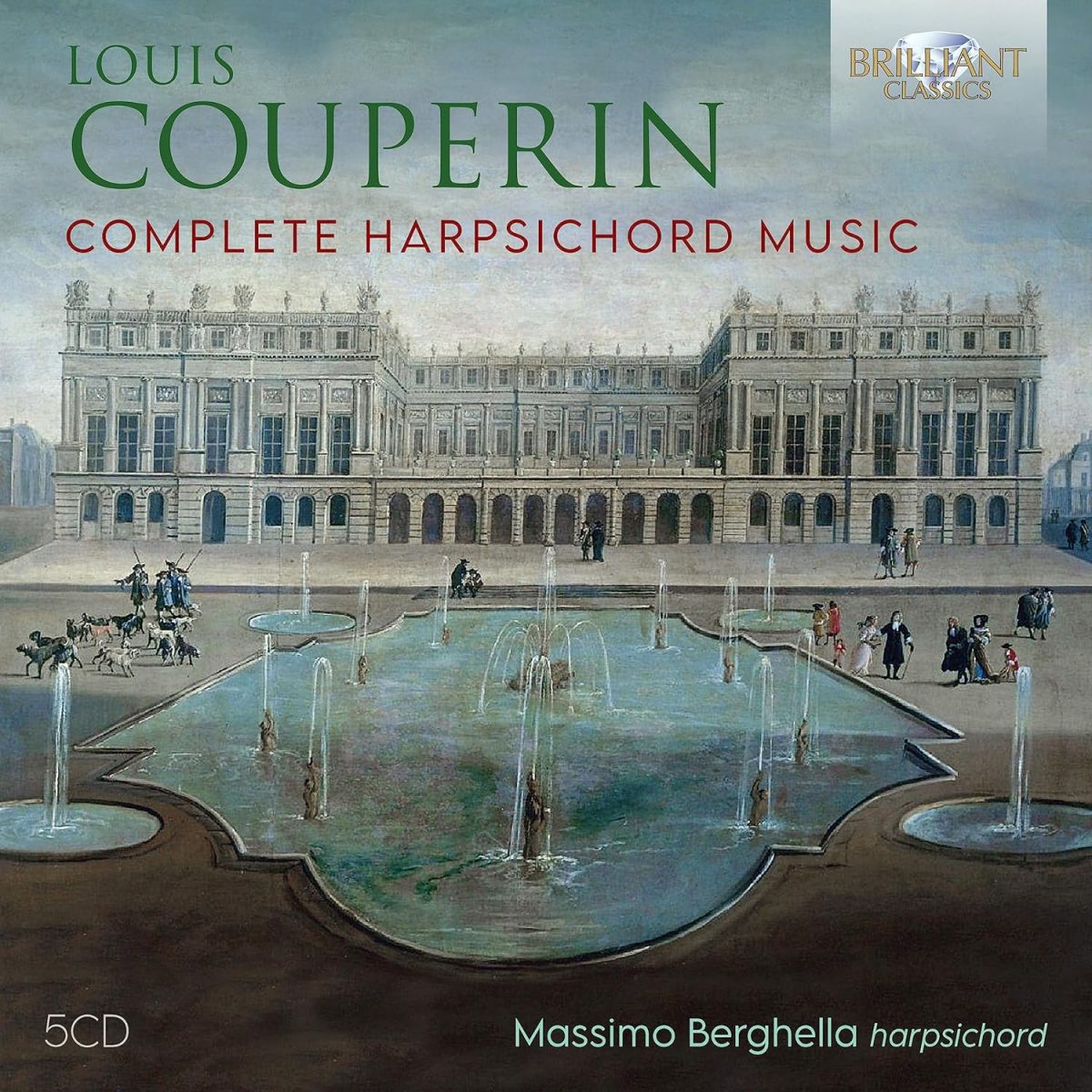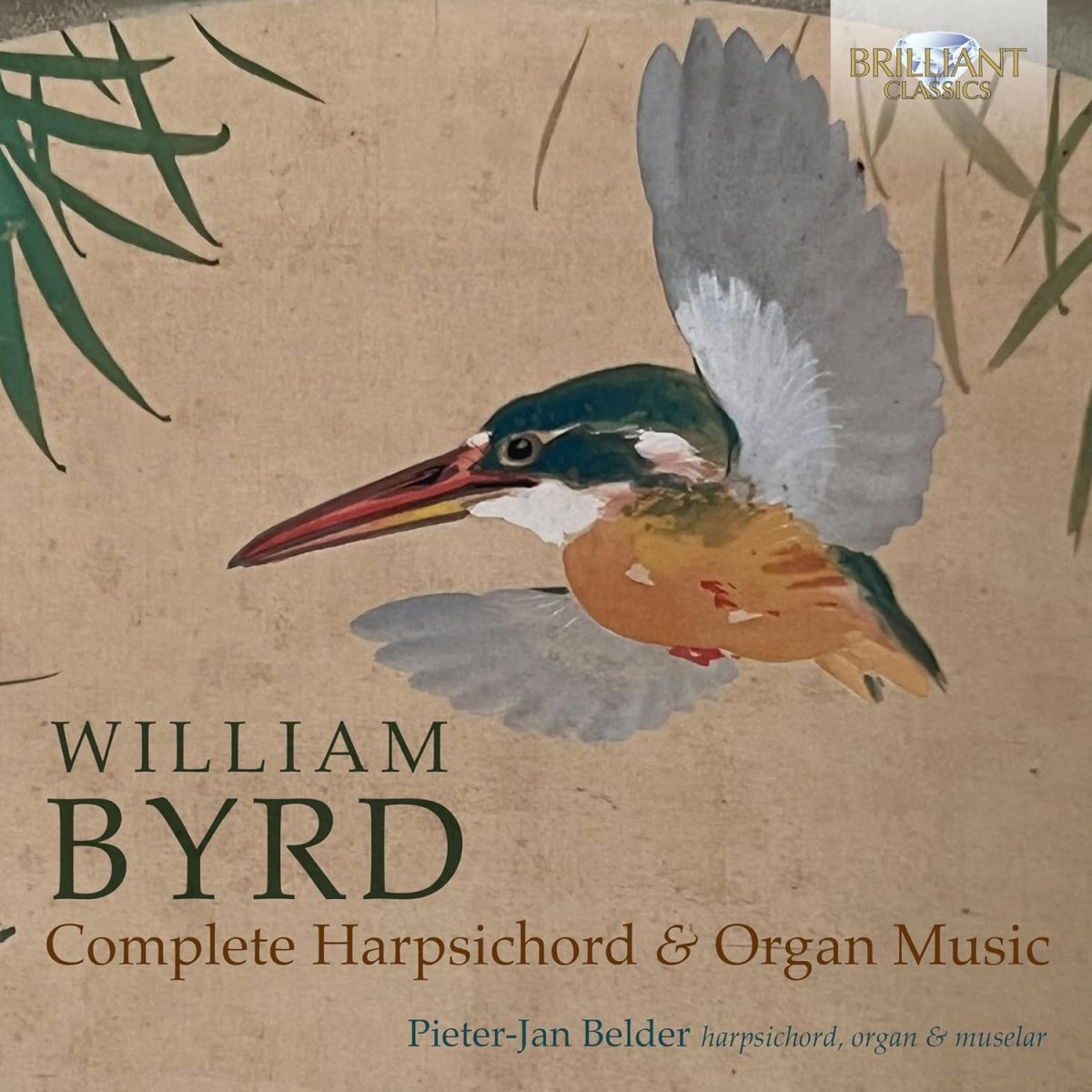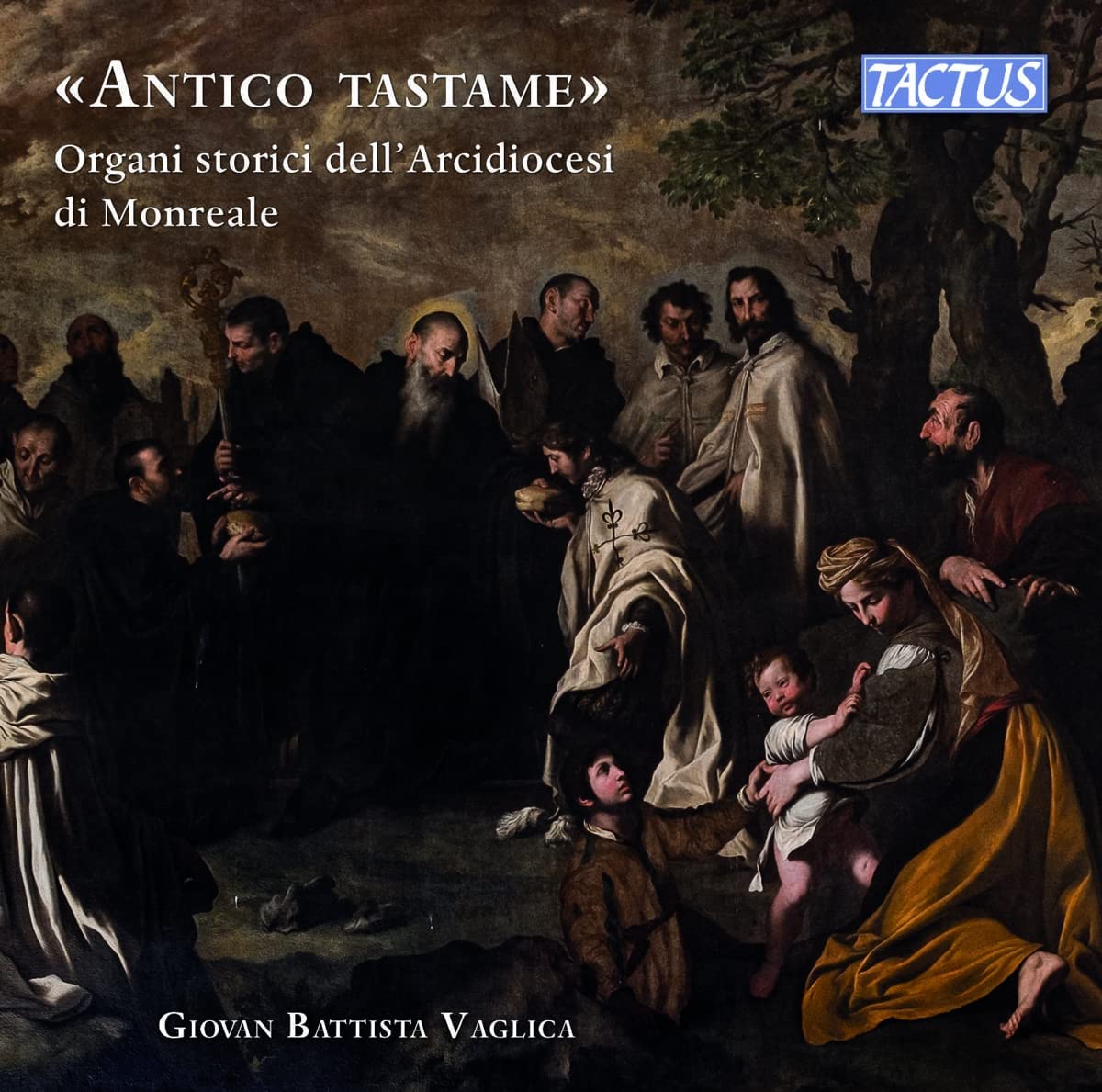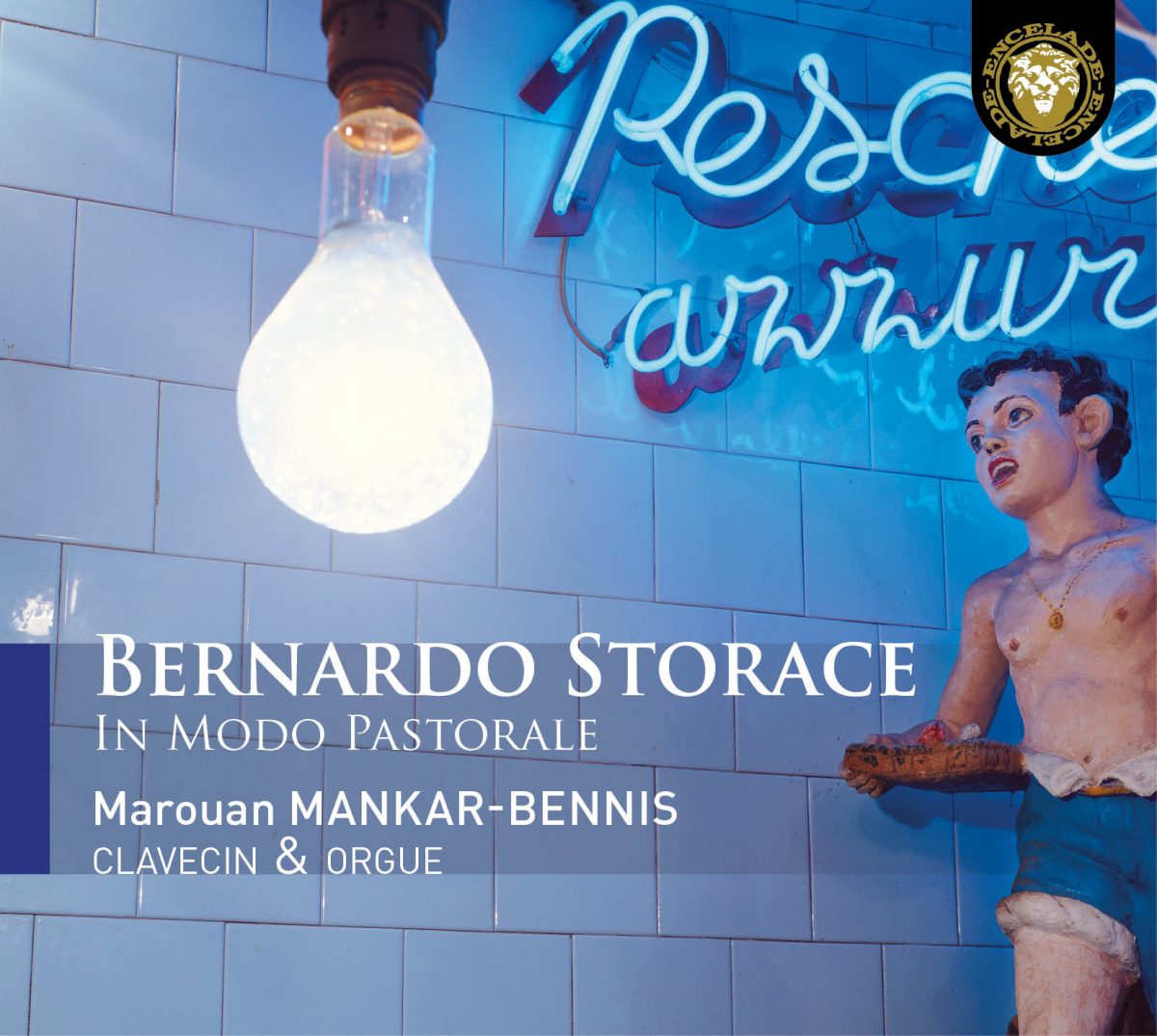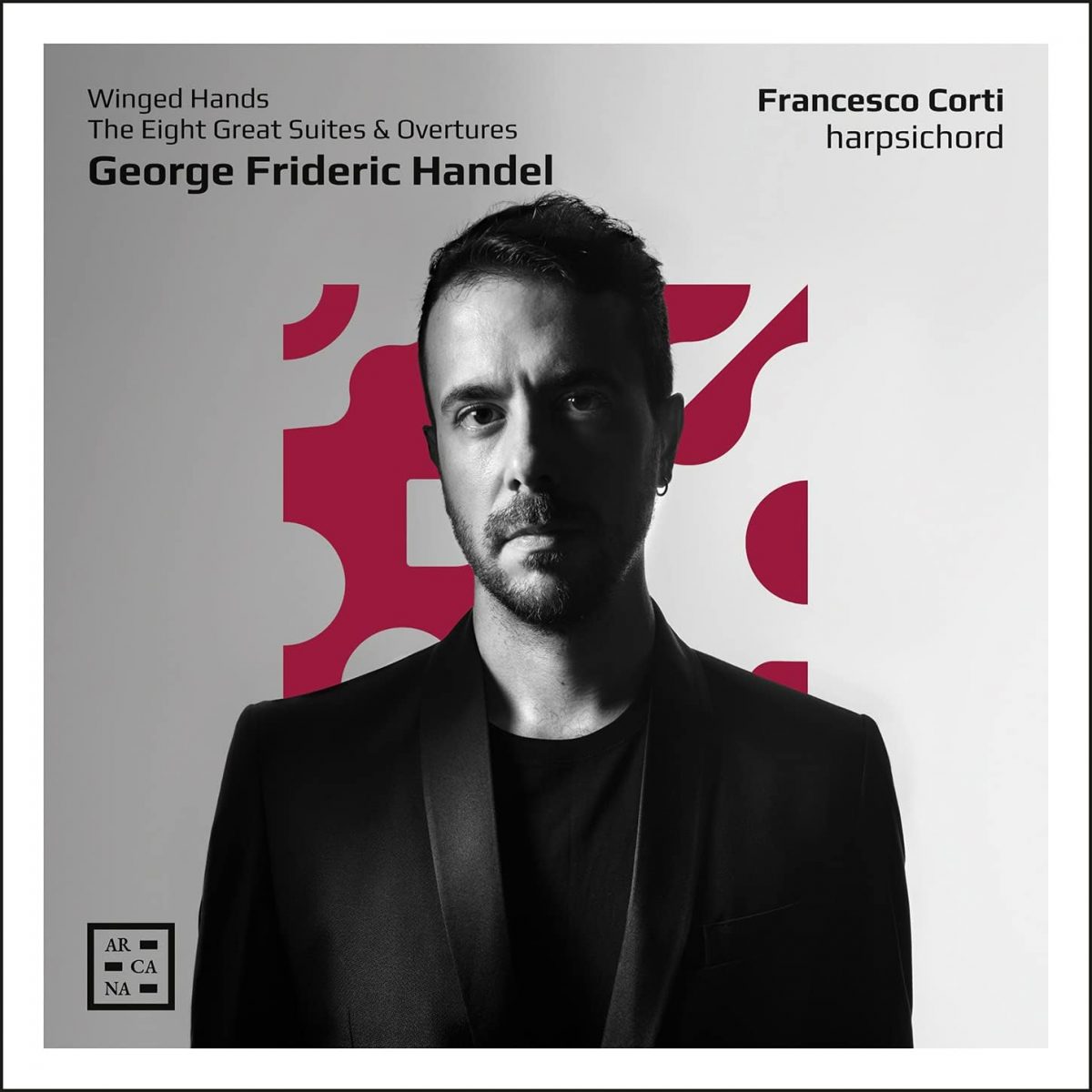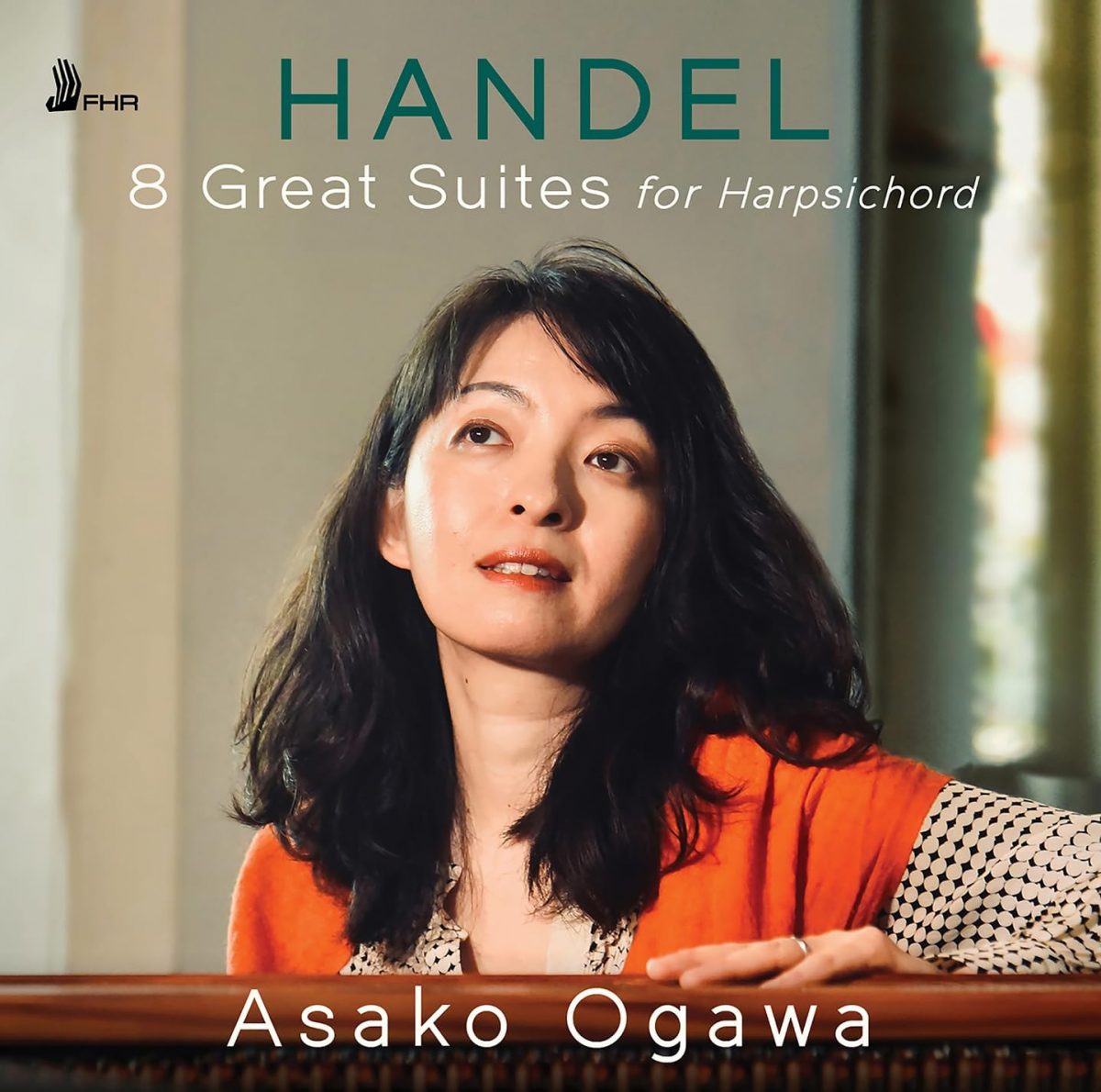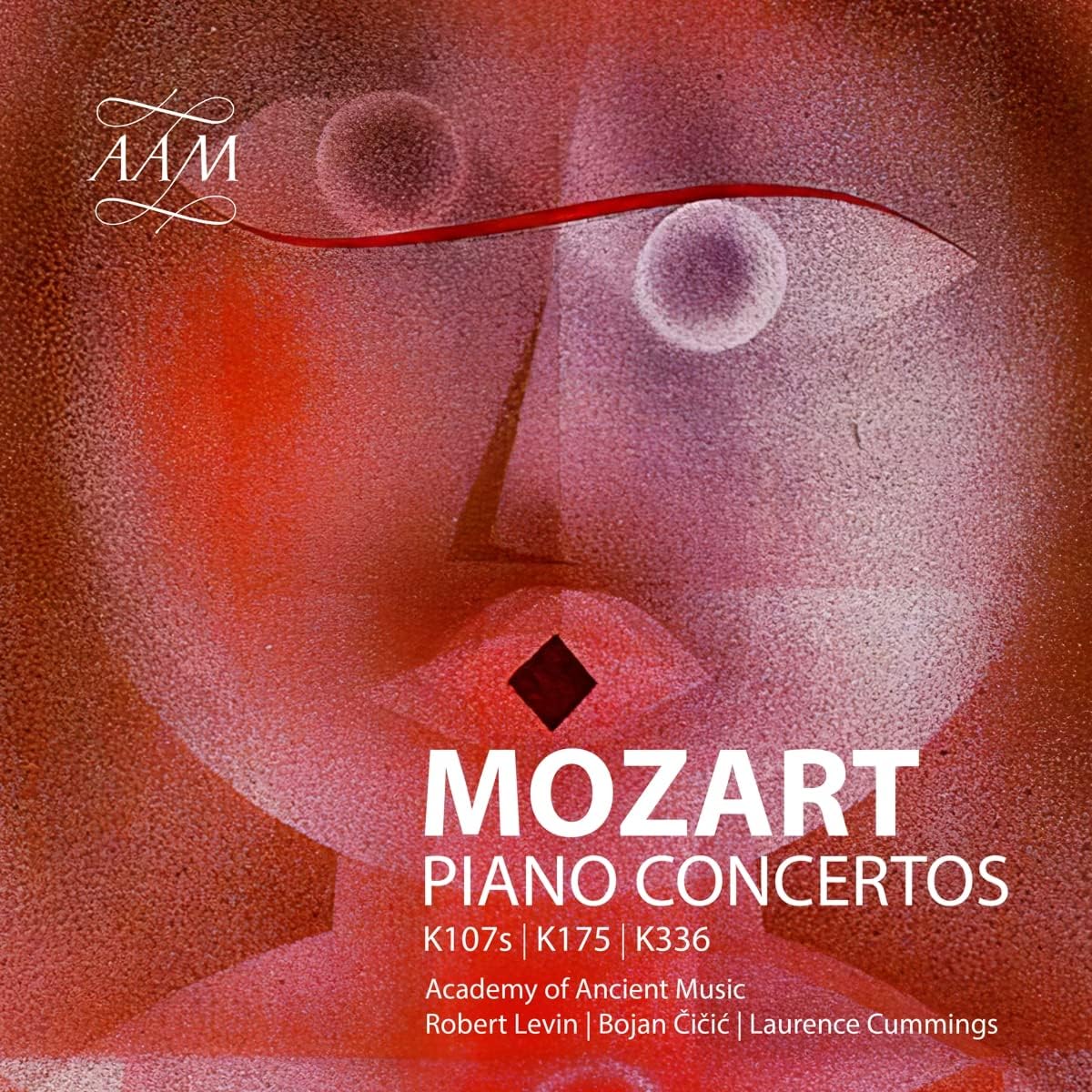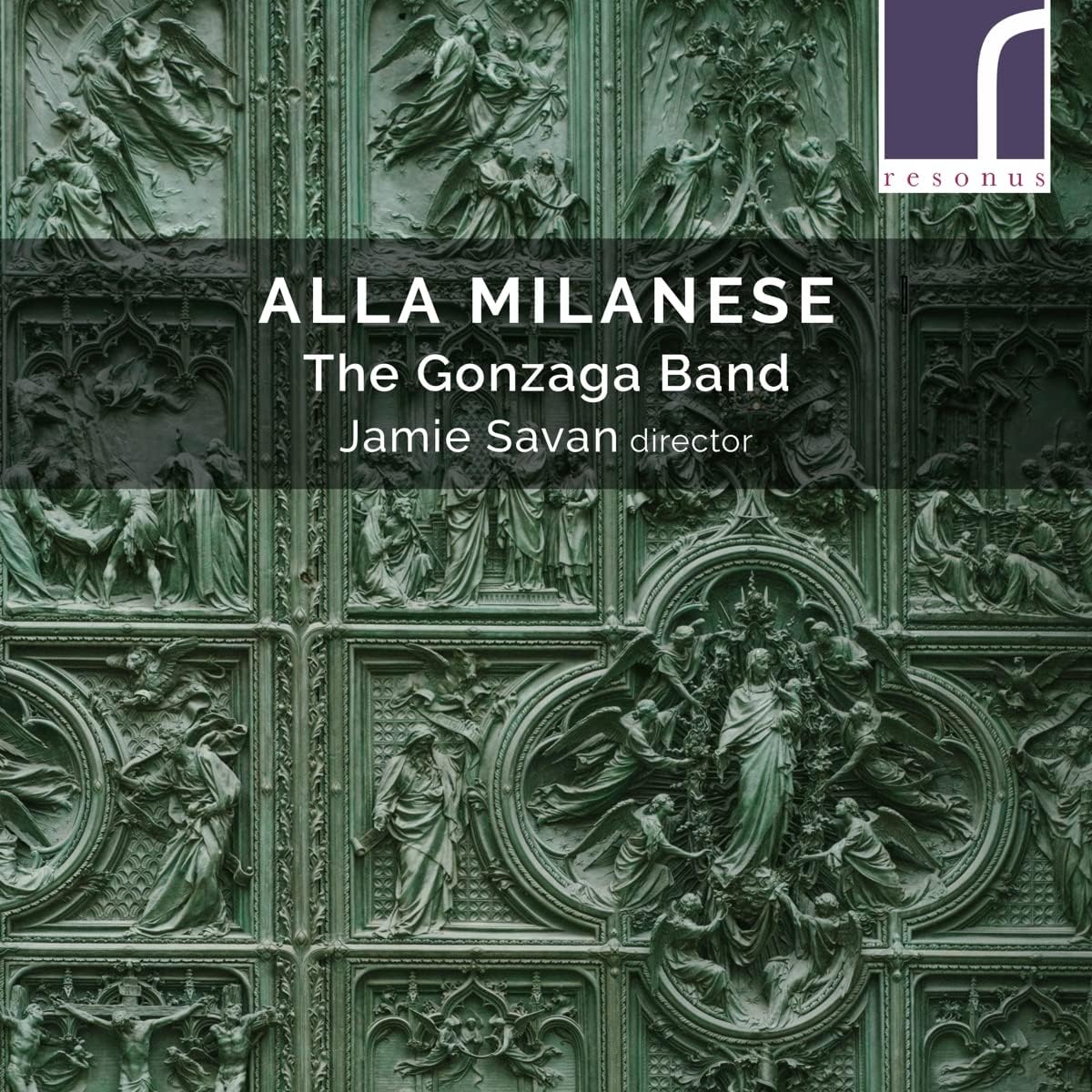Massimo Berghella harpsichord
329:00 (5 CDs in a cardboard box)
Brilliant Classics 96238
There is a disparate cabal of musical individuals united in the belief that Louis Couperin is a greater composer for the keyboard than his more famous nephew Francois, and/or that Louis is the greatest of the French keyboard composers of the Baroque era, and/or that Louis is the greatest of all composers for the harpsichord. Given this degree of acclamation, it is appropriate that there should now be no fewer than three commercial recordings of his complete music for that instrument (numbering over 130 pieces in the 2022 Lyrebird edition by Jon Baxendale) of which the one under review is the most recent. It is also the best.
Even among those unfamiliar with the sheer extent of his oeuvre Louis Couperin is famed for his unmeasured preludes, and this recording goes off to the best possible start with the astoundingly beautiful example in G minor, number 3 in the collected edition by Davitt Moroney (whose numbering will be used in this review). This work also proclaims Massimo Berghella’s manner of performance, in which, like Pieter-Jan Belder in his recent complete recording of Byrd’s music for keyboard, he restrains himself from imposing overly elaborate interpretations on these already eloquent works, while still showing a cogent awareness of the appropriate playing style. Disc 2 begins with an equally memorable prelude, number 2, in D. Other keyboard genres in Louis Couperin’s output include chaconnes and their close relations the passacailles, with sarabandes, allemandes, courantes, a few gigues and gavottes, plus the legendary and very great pavane in F sharp minor. Two of the passacailles are quite the equals of the two preludes which I have cited: number 98 on disc 1, and number 27 concluding disc 3, both of which flaunt examples of Louis’s rare and discerning employment of the false relation; any English Tudor composer would have been immensely proud of either.
While every piece in this collection has been created fastidiously, they each exude a sense of inspiration which mere compositional technique has to accommodate, rather than technique circumscribing the inspiration. There is a wonderful inevitability about the stately progress of the sarabandes numbered 48, 49 (exquisite conclusions), 50, 51, 87, 109, 110 and particularly 65, in which Berghella unpicks some notably subtle rhythms towards the end. Along with the preludes already mentioned, number 7 shows a fine sense of momentum without excessive reliance on elaboration exhibited in other recordings. Also worth pointing out is the allemande number 58, sprightly but with an irresistible inner logic. And no discussion of music by Louis Couperin is complete without an admiring reference to his powerful yet poignant Tombeau de Mr Blancrocher, the admired lutenist so unfortunate to fall to his death, yet his memory so fortunate to be celebrated by two of the finest works ever composed for the keyboard, the tombeaux by Froberger and this one by Louis Couperin. Both pieces piteously depict his actual falling, and Louis Couperin includes a tolling motif which is wonderfully affecting in its sonorous and sombre dignity.
Massimo Berghella plays throughout with clarity and insight. It is as though he acknowledges that we were not there at the time, and he relies on Louis Couperin’s notation and the surviving evidence of his contemporaries plus the best of modern research for his interpretations, without resorting in them to exaggeration or swagger. It is of course possible to listen to “a little but often” from this recording, but such is the variety and quality of Louis’s oeuvre and such is the judiciousness and sheer excellence of Massimo Berghella’s playing that listening to an entire disc is both pleasurable enrichment and spiritual illumination.
Richard Turbet
